Elif Şafak (pronounced “Shafak”) is an award-winning Turkish novelist and the most widely read woman writer in Turkey. Writing in both Turkish and English, she has published nine books, seven of which are novels. Şafak’s books have been translated into more than 25 languages.
I am somewhat embarrassed to admit that before coming across her wonderful TED Talk, I was only vaguely familiar with Şafak from a short book review that I had read about one of her novels, The Bastard of Istanbul. After listening to her presentation, however, I have made a note to pick up one of her books. She was utterly captivating.
See if you agree and then we’ll look at her presentation more closely.
What I liked
- Şafak tells stories. Wonderful stories. Personal stories. Stories about her childhood; her spiritual, somewhat mystical grandmother; the genesis of her writing career; her international schooling experience; the 1999 earthquake in Istanbul; being put on trial for one of her novels; and more. But notice how each story has a purpose; how each story sets the foundation for a point that Şafak is trying to make.
- Her mastery of language is terrific. True, Şafak is an author, so she knows how to wield words. But speaking is not writing and English is not her mother tongue. Yet we hear gems such as: “So from the very beginning, fiction for me was less of an autobiographical manifestation than a transcendental journey into other lives, other possibilities.” (5:12 – 5:22) And, “I’m not saying that fiction has the magnitude of an earthquake, but when we’re reading a good novel, we leave our small, cozy apartments behind, go out into the night alone, and start getting to know people …” (8:20 – 8:35)
- She uses metaphors to bring her message to life. For example, from 2:35 to 4:00, she uses circles, walls, “cultural cocoons” and mirrors as a way of warning us of “communities of the like-minded” and encouraging us to take an interest in people and things beyond our usual experiences. Then, at 4:08: “Stories cannot demolish frontiers, but they can punch holes in our mental walls, and through those holes we can get a glimpse of the other and sometimes even like what we see.” I also like her use of a compass as a way to describe her books (16:50 – 17:20).
- She lightens the mood of her talk with clever humour at appropriate points. In my post, Anatomy of a Humorous Speech, I wrote about the power of using “triples” in humour. The idea is to three sentences or phrases, each with the same cadence or rhythm. But whereas the first two are serious, the third is unexpected. Şafak uses this technique to brilliant effect starting at 6:20 when she talks about three very negative events for Turkey while she was still in school: a military takeover in the country, the attempted assassination of the Pope by a Turkish gunman, and Turkey’s terrible showing in the Eurovision Song Contest. Brilliant!
- She makes good eye contact with the members of her audience.
- Her voice is strong.
- She uses well placed quotes from famous people and intriguing historical anecdotes to buttress her points.
- Elif Şafak speaks passionately throughout her talk. For me, one particularly poignant moment is when she recounts the story of the conservative grocer sharing his cigarettes with the transvestite and the two of them smoking together in the numbing aftermath of the earthquake in Istanbul (7:35 – 8:15).
- She challenges her audience at the end of her talk by suggesting that instead of teaching students to “write what they know”, we should step out of our “cultural ghettoes” and teach them to “write what they feel”.
Suggestions
- Most importantly, I think that she should speak a little more slowly. Even though her English is excellent, Şafak does have an accent and sometimes her pronunciation of words (e.g., “stabbed” and “glue”) is not easy to follow.
- She should pause more between ideas to allow her audience sufficient time to absorb what she has said. Her words are incredibly rich with wisdom and emotion; pausing would allow the audience to reap the full benefit of them.
- The concept of circles is important for Şafak and she mentions them at the beginning of her talk. She then shows a slide of dozens of circles of different sizes and colours. I am pretty certain this is the only slide she shows and it stays up for a few minutes. I think that Şafak should drop it. We know what a circle is; she doesn’t need it.
But all in all, a terrific talk by Elif Şafak and one that was relished by the audience as is evident from the times that the camera panned across the room.


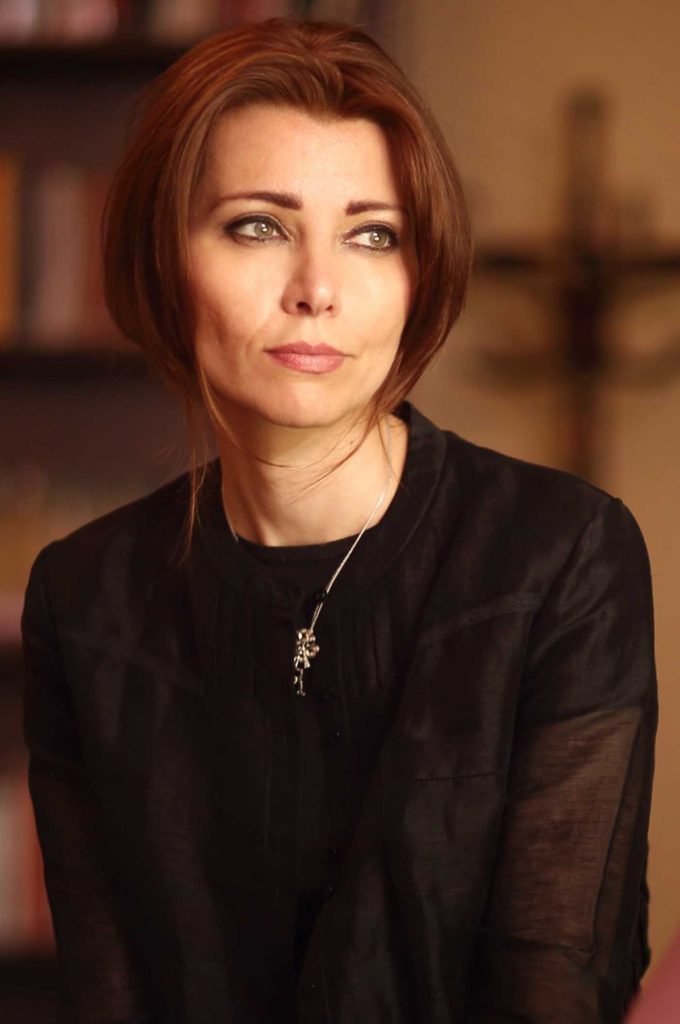
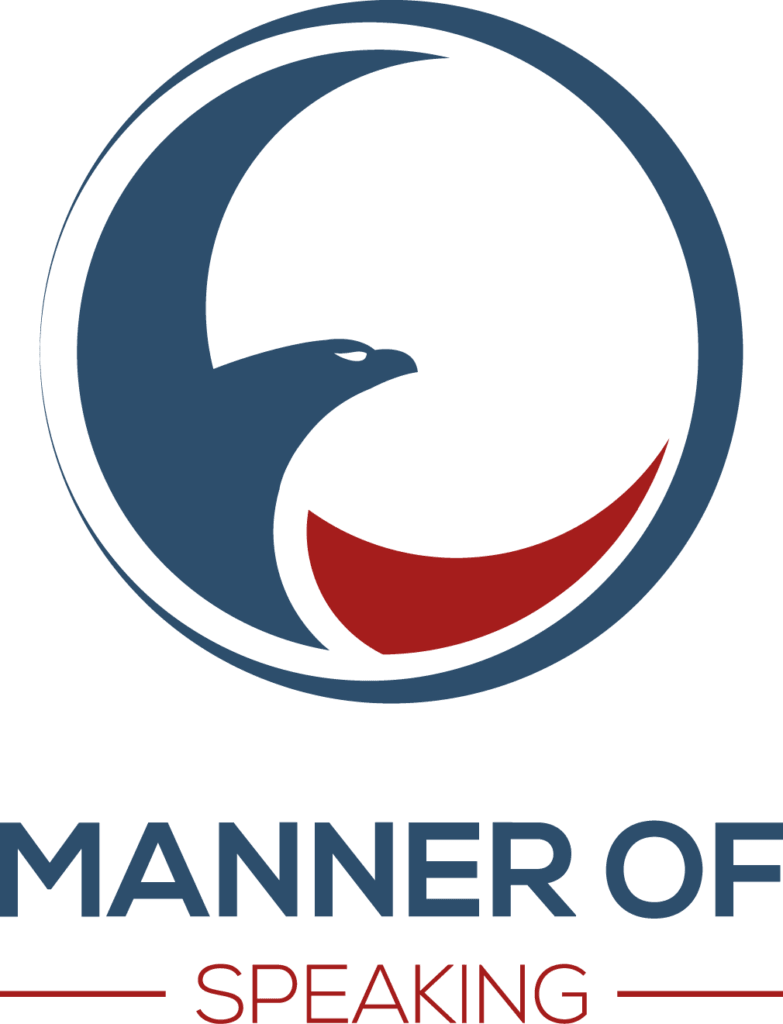




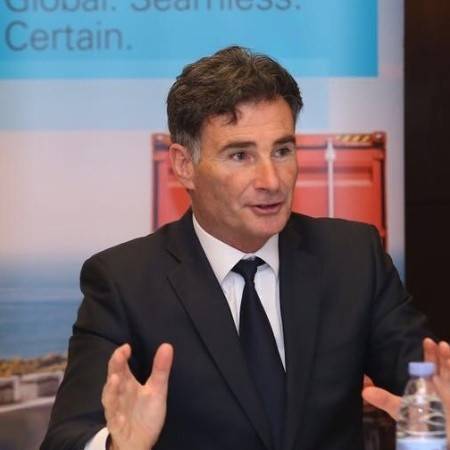
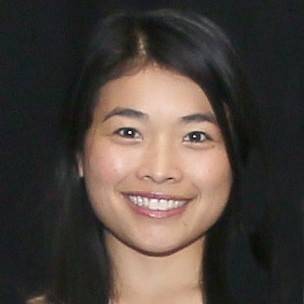
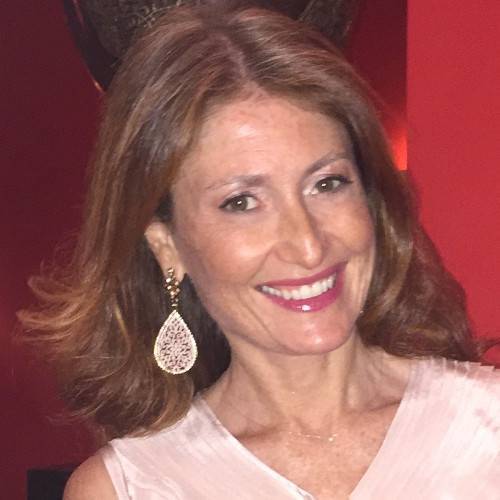
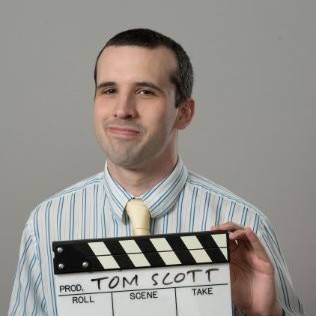
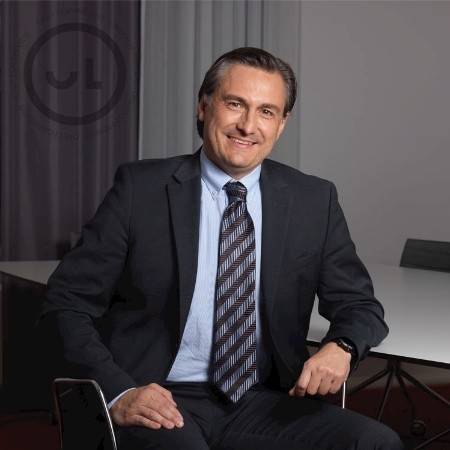
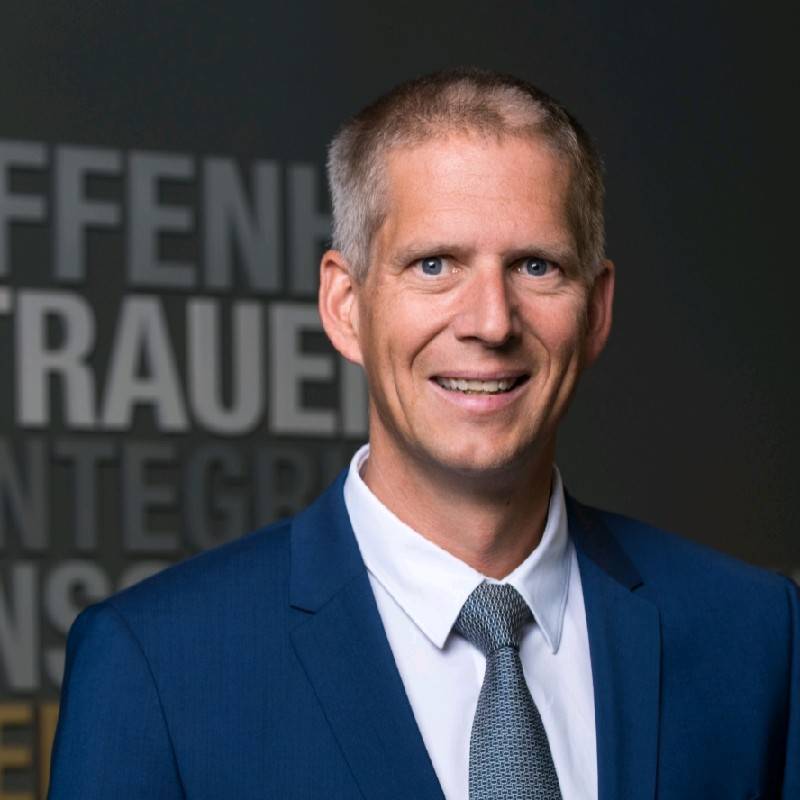

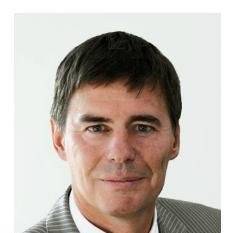
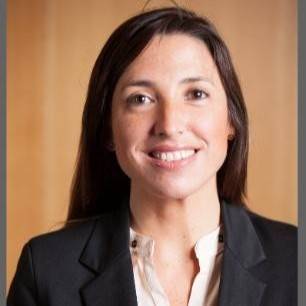
10 Replies to “Analysis of a Speech by Elif Şafak”
In Şafak’s talk, I like the metaphor (2:28) that if you want to destroy something you just have to surround it with a circle (acne) or thick walls (in general and especially applied to cultural separation) and it will dry up inside. I think this is also what depressed people do.
Very true, Bernard. Thanks for the comment.
John
Yes, very good. Just watched. Agree with your critique John. The 3 circles – I replayed that part almost 10 times to write down all 3 – still not sure of “Censure?”. Her delivery pace should have varied thru the 20 mins, as she had much material of worth. Even pausing and repeating key words. I suspect she was under time constraints of TED which forces many of us to deliver faster than we should. Read your entire post above also. Funny – she lives in Arizona now ?? We are heading there in 2 days for a 1 week family holiday. Kind of person you REALLY want to meet & have coffee with! Thanks for another great post John.
Thanks for the detailed comment, Terry. That talk really was a pleasant surprise. I think that if she can slow the pace down a little and enunciate a bit more, she can make it even better. As for Arizona, I am not sure that Elif lives there now. In fact, I received a very nice email from her today, thanking me for the post. She concluded by sending her best regards from Istanbul, so she might be there now or at least dividing her time between the two locations. Like you, I hope that our paths cross one day.
Cheers!
John
Hi John your comments are interesting. I think that the fact that postnatal depression is something that Elif has had to deal with could point to a bi-polar type character hence the speed at which she talks is a mirror image of how fast her mind is working.
Thanks for the comments, Benny. I did not know that about Elif. We each have our own challenges when it comes to speaking (and life in general). I can tell you, however, that Elif sent me a very kind email thanking me for the analysis and expressing her appreciation for the tips. In my experience, when people are open to constructive criticism and take steps to work on their speaking, that’s when one notices improvements.
Cheers!
I completely disagree with you when you said “We know what a circle is; she doesn’t need it.”, obviously she needs it there because you don’t understand what she’s trying to say and the importance of those circles. I go to an international school, i am a third culture kid and i am surrounded by them everyday, all us, teachers included understand clearly what she means by these different circles and right now our english teacher even gave us an assignment based on this topic. It relates to many other literary works and is such a great concept to think about, and looking for more information to write my paper is the sole reason i came across this website.
Dear Fred,
Thanks very much for the comment. My point was not about using the circles — the circle is an important and wonderful concept and Şafak uses it well in her talk — my point was that she did not need a slide to show them. In fact, at 0:40, she “draws” a circle with her hands to emphasize the point. For me this was sufficient. And as that was the only slide she used, she could have dispensed with the Powerpoint altogether.
By the way, my daughters are both third culture kids. One of them attends an international school and the other just graduated from it and is off to university. And we live far from our country of birth. So, like you, I understand very well what she was talking about.
Thanks again for the comment and best of luck with your studies.
John Zimmer
The circles are the foundation of her speech; they represent political, cultural and spiritual connection of humans from variety of backgrounds. Not only we heard this, we also visually saw this throughout her speech, one on the floor which was a red carpet and the second one was a backdrop which consisted of different size and colors of circles harmoniously filling the space. I find her speech very captivating and inspirational.
Thank you for the comment, Feryal. I enjoyed her speech very much. Concerning the red circle on the floor, that was actually part of the TED stage. In most TED Talks, there is a red carpet (usually circular) on which the speaker must stand in order to remain in the different camera shots. It is nice how this particular carpet blended nicely with the theme of the talk.